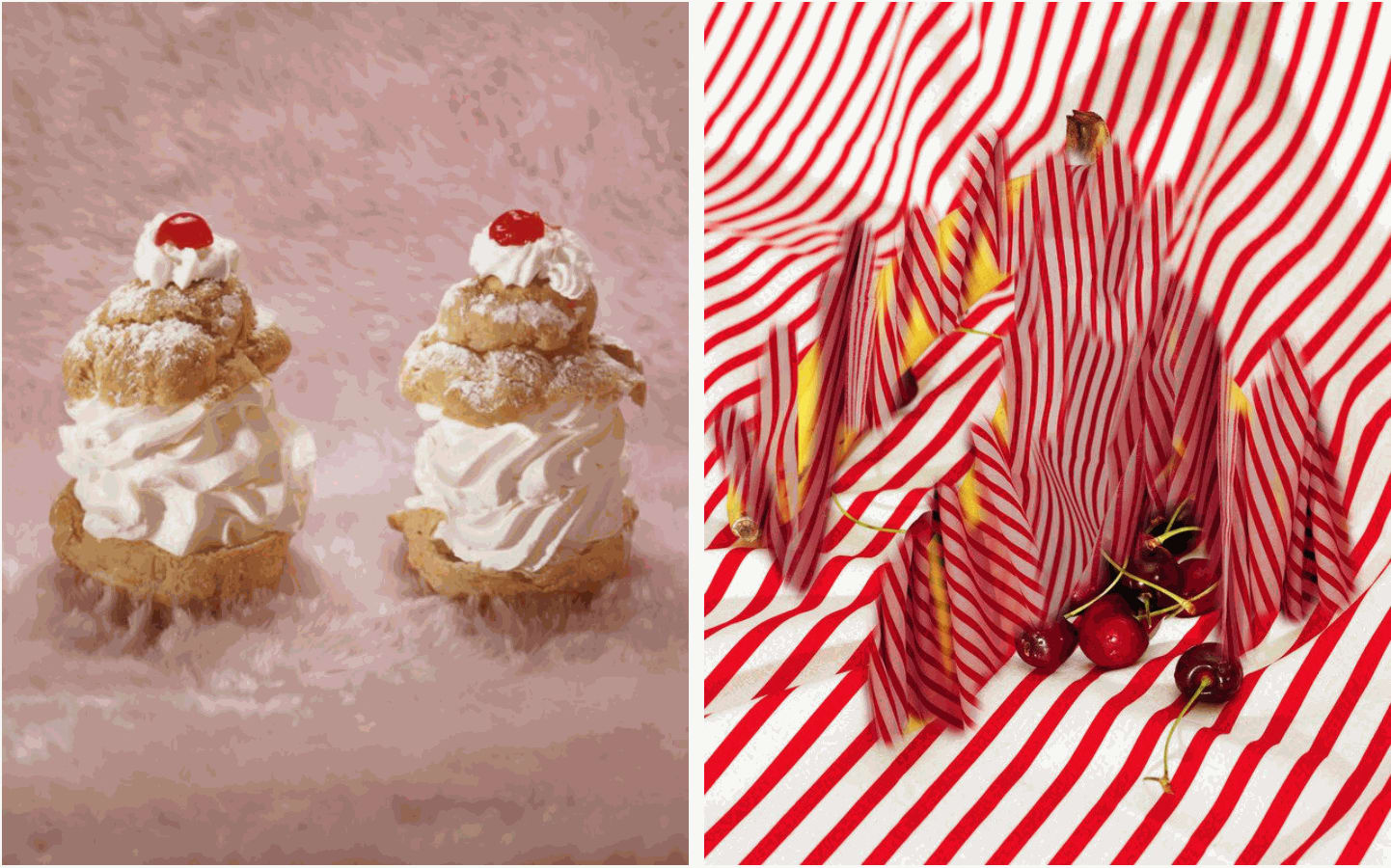

Objects of Desire: Photography and the Language of Advertising, a new exhibition at The Los Angeles County Museum of Art (LACMA), explores how, over the past 50 years, artists have appropriated techniques from the world of commercial photography – what it calls “perhaps the most powerful mainstream visual language.” In the 1970s, artists began to rework advertising strategies to “challenge the increased commodification of daily life.” They exploited the vocabulary of commerce – drawing on the bold colours, impactful compositions and visual trickery found in contemporary campaigns – whilst adopting its distribution formats, from printed posters to bus shelters and billboards.

In the mid-to-late 20th century, fine art photography remained highly prescriptive: an 8×10-inch black-and-white print, framed and hung on the wall. Advertisements, meanwhile, were becoming brighter and louder, covering large billboards with vibrant colour imagery. Artists like Sandy Skoglund and Jo Ann Callis, for example, wanted to push beyond the limited parameters of art photography – “to challenge the class system that pitted mass culture against ‘high art.’” Inspired by the magazine pages of House Beautiful and Ladies’ Home Journal, Skoglund’s Food Still Lifes (1978) replicates the garish palettes and straight-on presentation of liquor advertisements. Shown above is a shot from Ann Callis’ Cheap Thrills and Forbidden Pleasures (1993), in which two cream pastries emerge from cotton candy backdrop. In total, LACMA features work by 34 artists. Amongst them is Barbara Kruger, best known for bold, text-based pieces like I Shop Therefore I Am, and Chris Burden, whose mock social media campaign brings us up to date.


